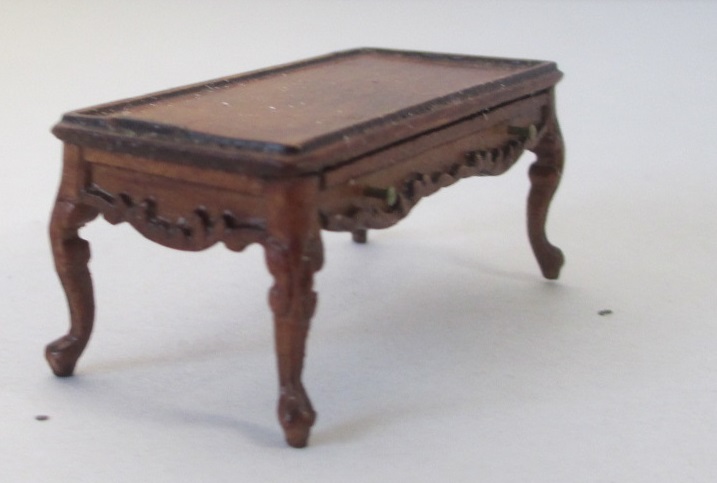During the Industrial Revolution, a Gothic Revival took place in architectural styles for the home. Augustus Pugin and John Ruskin were the key figures in this movement.
During the Victorian period, homes were designed asymmetrically, with pointed arches and patterns. Brick was the material of choice. Ornate designs and lavish decorations were a way for the growing middle classes to show off their wealth and status.
Though this era is seen as pivotal in terms of British architecture, most of the population lived in small cottages or houses.
Victorian architecture is grouped into three different periods: early (circa 1804-1860); mid (1861 to 1875); and late (1876 to 1901).
Early Victorian homes are not dissimilar to the classic worker's cottage design; typically made from brick, with a front verandah, pitched roof and minimal fretwork.
Moving into the mid-Victorian era, the ornate detailing became much more popular. This style is distinguished by cast iron lacework, ornamental brick facades, embellished ceilings and mouldings.
Most late-Victorian homes, including terraces, will feature cast-iron lacework, fireplaces, moulded timberwork, decorative plaster ceilings, turned-timber balustrades, steep and narrow stairs and small windows. Living and dining rooms are towards the front with kitchens to the rear, with bedrooms either off the hallway or upstairs if it's a two-storey terrace.






